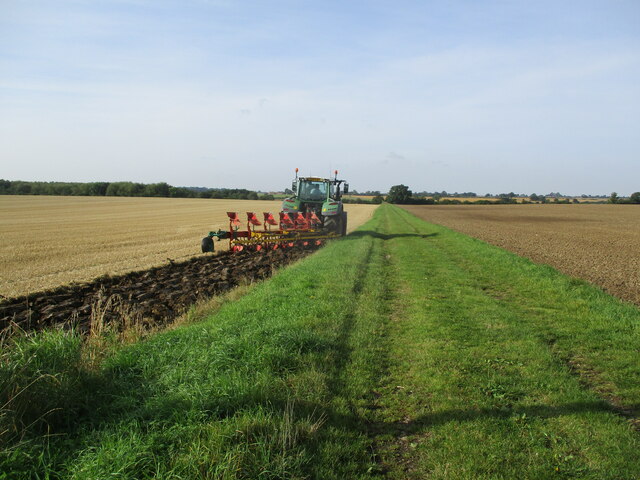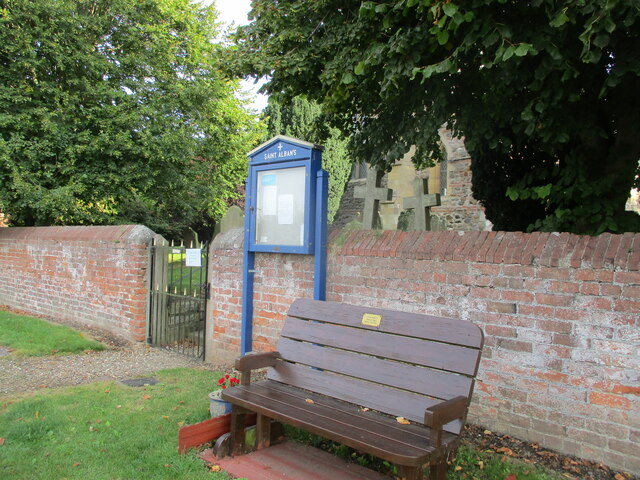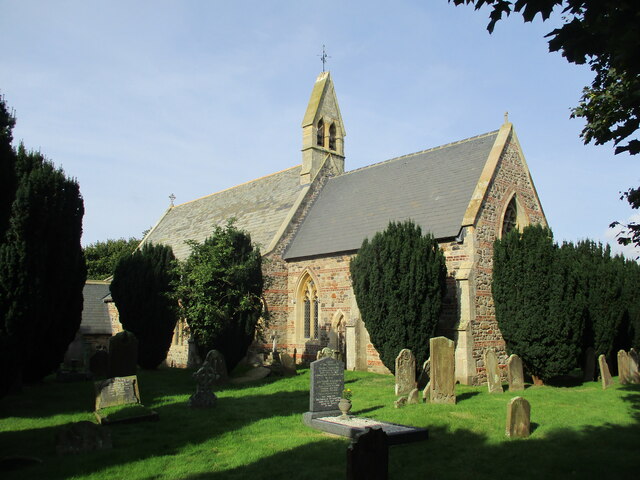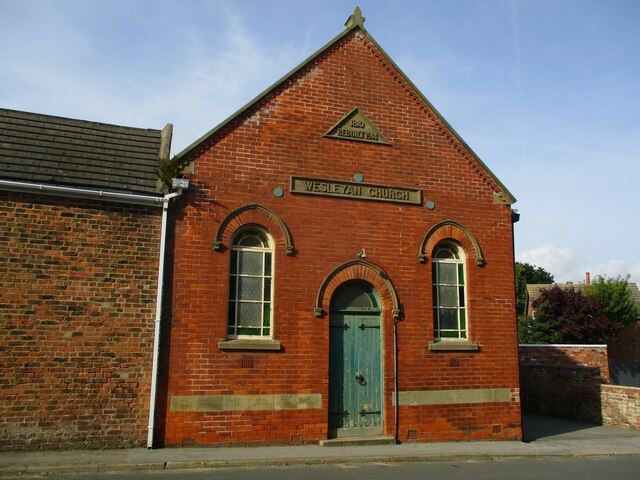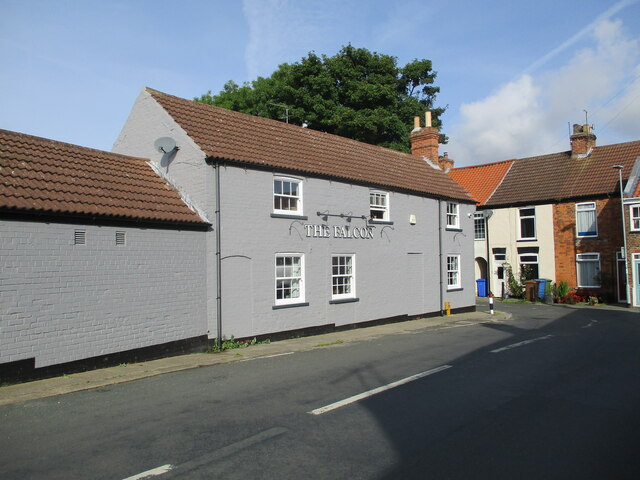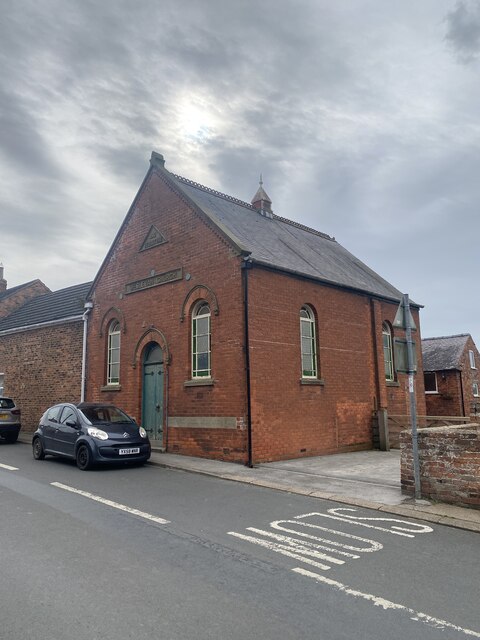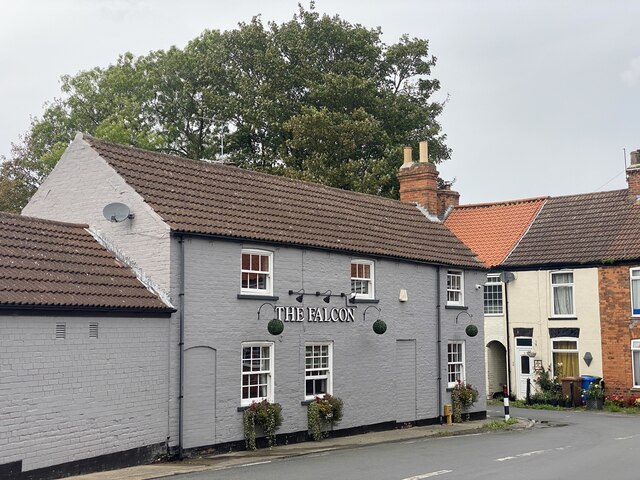South End Field
Downs, Moorland in Yorkshire
England
South End Field

South End Field is a picturesque area located in Yorkshire, known for its stunning views of the Downs and Moorland. The landscape is characterized by rolling hills, vast open fields, and a variety of plant and animal species that thrive in this unique ecosystem.
The field is a popular destination for hikers and nature enthusiasts, who come to explore the winding paths that lead through the countryside. Visitors can take in the sweeping vistas of the surrounding countryside, dotted with sheep grazing peacefully on the grassy slopes.
The area is also home to a variety of wildlife, including birds of prey, rabbits, and foxes. Birdwatchers can spot a variety of species soaring through the sky or perched on the branches of trees that line the field.
South End Field is a peaceful and tranquil retreat from the hustle and bustle of city life, offering visitors a chance to connect with nature and enjoy the beauty of the Yorkshire countryside. With its sweeping views and diverse wildlife, South End Field is a must-visit destination for anyone looking to experience the natural beauty of Yorkshire.
If you have any feedback on the listing, please let us know in the comments section below.
South End Field Images
Images are sourced within 2km of 53.84365/-0.17464622 or Grid Reference TA2040. Thanks to Geograph Open Source API. All images are credited.

![St Albans, Withernwick There was a church at Withernwick by 1115 and it was recorded as being dedicated to St. Alban in the early 16th century. The present church was largely rebuilt in around 1854 to designs by architects Mallinson and Healey, apparently in an attempt to recreate a 14th century style building from the hotchpotch of patched brickwork and windows which were said to be &#039;more fitted for shops than a church&#039;. [Information from Victoria County History] <span class="nowrap"><a title="http://www.british-history.ac.uk/report.asp?compid=16162&amp;strquery=withernwick" rel="nofollow ugc noopener" href="http://www.british-history.ac.uk/report.asp?compid=16162&amp;strquery=withernwick">Link</a><img style="margin-left:2px;" alt="External link" title="External link - shift click to open in new window" src="https://s1.geograph.org.uk/img/external.png" width="10" height="10"/></span>](https://s2.geograph.org.uk/photos/56/11/561114_329767b8.jpg)
![St Albans, Withernwick There was a church at Withernwick by 1115 and it was recorded as being dedicated to St. Alban in the early 16th century. The present church was largely rebuilt in around 1854 to designs by architects Mallinson and Healey, apparently in an attempt to recreate a 14th century style building from the hotchpotch of patched brickwork and windows which were said to be &#039;more fitted for shops than a church&#039;. [Information from Victoria County History] <span class="nowrap"><a title="http://www.british-history.ac.uk/report.asp?compid=16162&amp;strquery=withernwick" rel="nofollow ugc noopener" href="http://www.british-history.ac.uk/report.asp?compid=16162&amp;strquery=withernwick">Link</a><img style="margin-left:2px;" alt="External link" title="External link - shift click to open in new window" src="https://s1.geograph.org.uk/img/external.png" width="10" height="10"/></span>](https://s1.geograph.org.uk/photos/56/11/561117_2edd3cfa.jpg)

South End Field is located at Grid Ref: TA2040 (Lat: 53.84365, Lng: -0.17464622)
Division: East Riding
Unitary Authority: East Riding of Yorkshire
Police Authority: Humberside
What 3 Words
///ranch.withdraws.magical. Near Burton Constable, East Yorkshire
Nearby Locations
Related Wikis
Holderness
Holderness is an area of the East Riding of Yorkshire, on the north-east coast of England. An area of rich agricultural land, Holderness was marshland...
Withernwick
Withernwick is a village and civil parish in the East Riding of Yorkshire, England. It is situated approximately 10 miles (16 km) north-east of Hull city...
Holderness Wapentake
Holderness was a wapentake of the historic East Riding of Yorkshire, England consisting of the south-easterly part of the county. Established in medieval...
West Newton, East Riding of Yorkshire
West Newton is a hamlet in the East Riding of Yorkshire, England. It is situated approximately 9 miles (14 km) north-east of Hull city centre and 6 miles...
Nearby Amenities
Located within 500m of 53.84365,-0.17464622Have you been to South End Field?
Leave your review of South End Field below (or comments, questions and feedback).

